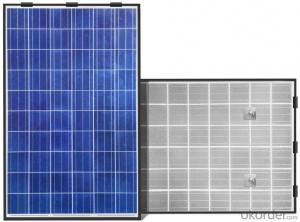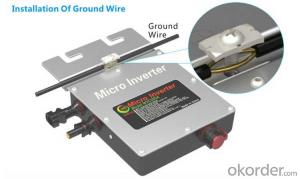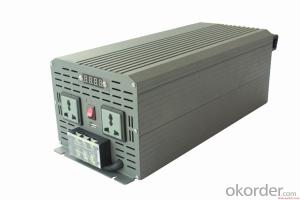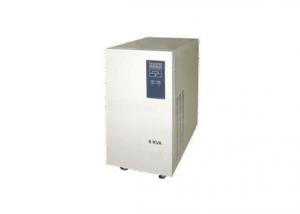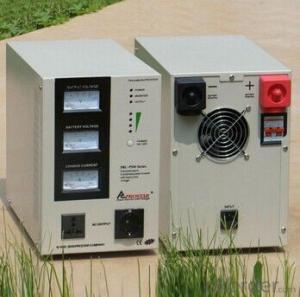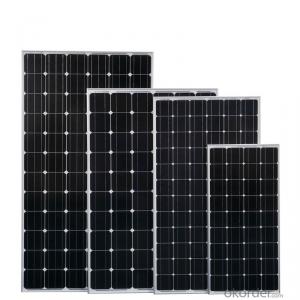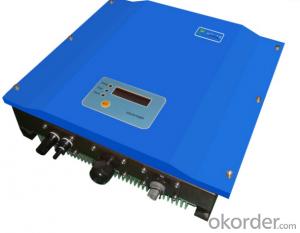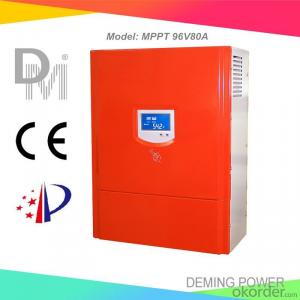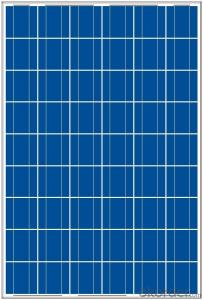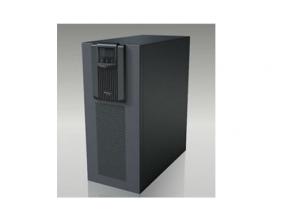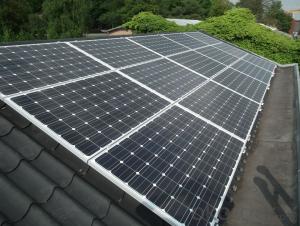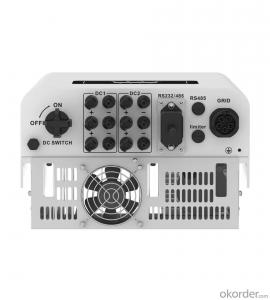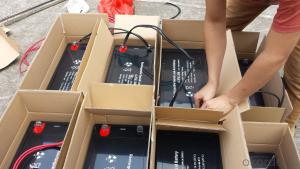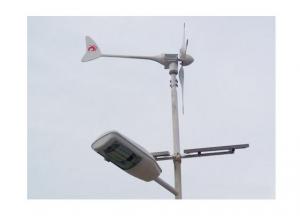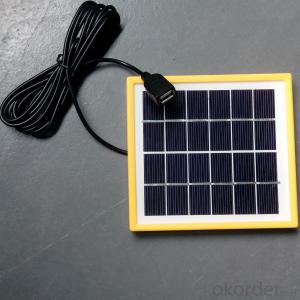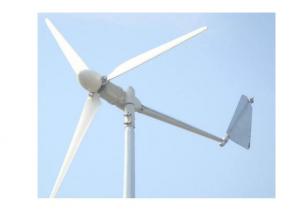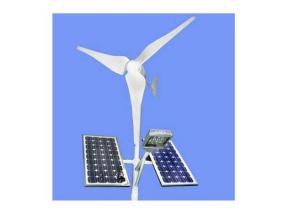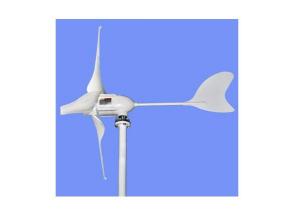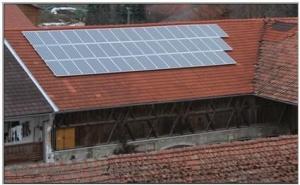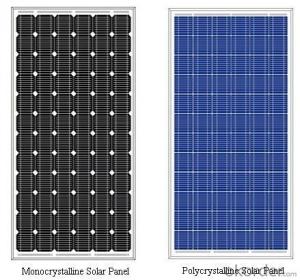Best 10kw Solar Inverter
Best 10kw Solar Inverter Related Searches
10kw Solar Inverter 10kw Solar Power Inverter Solar Inverter 10kw 10kw Inverter Solar 10kv Solar Inverter Solar Inverter 10 Kw Solar Power Inverter 10kw 10k Solar Inverter Solar Inverter 10kw Price 10kva Solar Inverter 10 Kva Solar Inverter 10kw Solar Inverter Price 10kw Solar Hybrid Inverter 10kw Hybrid Solar Inverter Solar Inverter 10kva 10 Kw Solar Inverter Price 10kv Solar Inverter Price 10 Kw Hybrid Solar Inverter Best Solar Inverter Hybrid Solar Inverter 10kw 10 Kva Solar Inverter Price Solar Inverter Hybrid 10kw 10kva Solar Inverter Price 10000w Solar Inverter Best Inverter Solar Best Solar Power Inverter The Best Solar Inverter 10 Kva Hybrid Solar Inverter 10000w Solar Power Inverter 10kva Solar Hybrid InverterBest 10kw Solar Inverter Supplier & Manufacturer from China
The Best 10kw Solar Inverter is a high-performance device designed to convert the direct current (DC) generated by solar panels into alternating current (AC) that can be used by homes and businesses. This efficient and reliable inverter is equipped with advanced features such as maximum power point tracking (MPPT), which ensures optimal energy output from the solar panels, and various safety protections to safeguard the system from potential damage.The 10kw Solar Inverter finds its application in a variety of settings, including residential rooftops, commercial buildings, and even off-grid systems. It is particularly useful in areas with high solar potential, where the need for a reliable and efficient power supply is paramount. This inverter is capable of handling the energy demands of various electrical appliances, making it a versatile choice for a wide range of solar power systems.
Okorder.com is a leading wholesale supplier of the Best 10kw Solar Inverter, boasting a large inventory that caters to the needs of various customers. By offering competitive prices and a wide selection of products, Okorder.com ensures that customers can find the perfect solar inverter solution for their specific requirements. With a commitment to quality and customer satisfaction, Okorder.com stands out as a trusted source for the Best 10kw Solar Inverter and other solar power system components.
Hot Products



